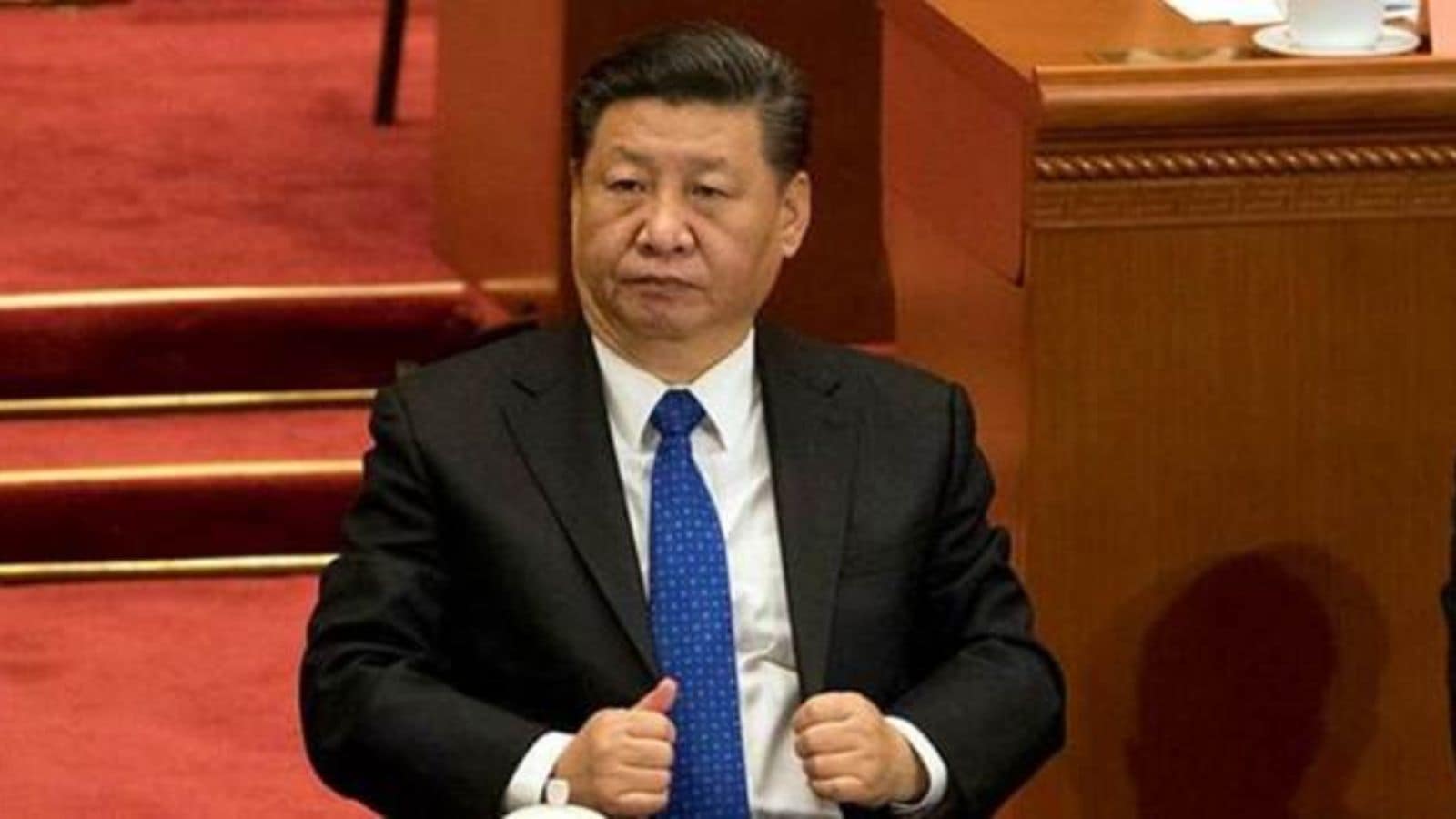Story continues below this ad
While the rift between the US and its Eurasian allies is real, it has played out differently across the vast landmass. In Europe, Russian President Vladimir Putin is trying to build on an unprecedented opportunity to transform relations with Trump at the expense of America’s European allies. China is moving in the other direction, wooing Europe to build a broader coalition against the US on trade issues. Last week, President Xi Jinping told Spanish Prime Minister Pedro Sánchez in Beijing that China and the EU must come together to defend globalisation and oppose America’s “unilateral acts of bullying”.
Angry and shocked at the effort to cut a deal with Russia on Ukraine, Trump’s threat to reduce US troop presence in Europe, and laying claim to Greenland — which is part of Denmark, a longstanding ally of the US — many in Europe see pivoting to China as a necessary choice to secure the region’s interests. US Secretary of the Treasury Scott Bessent has warned that Europe will be “cutting its own throat” if it joins hands with China on trade issues. That has not stopped Europe from pressing on with plans for a summit with China in the summer. It remains to be seen how Europe can square its $340 bn trade deficit with China.
On the economic front, China’s immediate focus is on Asia. Xi is currently visiting three countries — Vietnam, Cambodia and Malaysia. The visit has been in the works for a while. Bracing for the inevitable confrontation with Washington, Beijing has focused on a more intensive political outreach to the neighbours well before Trump reclaimed the White House. Last summer, China’s prime minister, Li Qiang, met with the leaders of Japan and South Korea for the first time in five years in a bid to reboot economic and political relations with the two commercial powerhouses. Late last month, just ahead of Trump’s tariff announcements, trade ministers from the three countries agreed to promote “regional and global trade”.
Japan and South Korea are close military allies of the US. China has also been wooing two other US allies — Australia and New Zealand. China has also reached out to India in recent months; the October agreement on completing the disengagement on the border after the crisis that unfolded in 2020 is seen as part of the same diplomatic effort.
Winning over the neighbours has also acquired a special priority in China’s diplomatic work in recent years. As Washington sought to revitalise its engagement with the Indo-Pacific, Beijing pushed back with its own initiatives. Neighbourhood diplomacy has acquired an even sharper edge since Trump’s return to the White House. In an address to a high-level conference on neighbourhood diplomacy last week, Xi pledged to strengthen strategic bonds with neighbouring nations by “seeking common ground and shelving differences”. The Chinese leadership claims its ties with neighbours are “at the best level they have been in modern history”, but also points out that they are “entering a pivotal stage deeply intertwined with shifts in regional dynamics and global developments”.
In an op-ed this week in Nhan Dan, the official newspaper of Vietnam’s ruling communist party, Xi declared that “there will be no winners in trade and tariff wars” and called for deeper economic engagement between the two countries. Xi told Vietnam’s leadership that the two nations “should strengthen strategic focus and jointly oppose unilateral bullying”. While the Chinese leadership’s speechwriters always produce impressive metaphors, the question is whether Beijing is ready to give greater market access to its neighbours. According to the Chinese news agency, Xinhua, Xi told the Vietnamese leaders that “China’s mega market is always open to Vietnam”.
Is it really open now? Will it be in the future? These questions animate not only Vietnam but all of Southeast Asia and most of the world. Vietnam’s trade with China grew to nearly $200 billion last year. The surplus in China’s favour grew to $85 billion. The story is the same for the 10-member ASEAN, whose trade deficit with China reached $200 billion last year. As China’s mammoth manufacturing machine rumbles on, Southeast Asian nations are struggling to protect their industrial bases. What about ASEAN’s ties with the US? Hanoi has a trade surplus with Washington at about $120 billion. ASEAN enjoys a $200 billion trade surplus with the US. India, too, has a $100 billion dollar deficit with China and a $45 billion surplus with the US. These numbers cast a shadow over the claims that China can be the alternative destination for Asian exports.
Asia pays close attention to Chinese aspirations to replace the US as the champion of the globalised economic order and its rhetoric on building “a community of common destiny”. Although Trump says China and Vietnam are out to “screw” the US, Hanoi and other Asian capitals are eager to preserve the current market access to the US and ward off the tariff threats from Washington.
It is no surprise that the Asian trade ministers are queuing up in Washington to draw up new agreements. China might want to separate the US from its Asian economic partners; but Beijing is some distance away from realising that goal. A China that is more open to imports from the rest of the world will help rebalance the global economy. Until that happens, trade deals with the US will remain a high priority for much of Asia.











